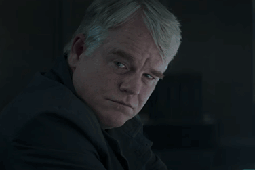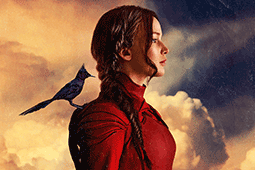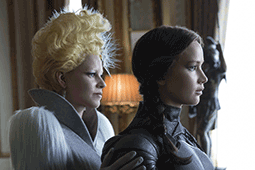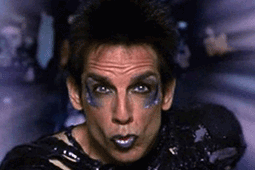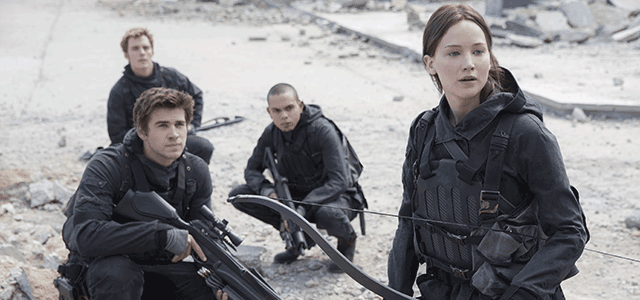
The Hunger Games: Mockingjay – Part 2 has finally arrived on screens and taken a gargantuan $247m at the global box office. No doubt you were among the many who were wowed by Katniss Everdeen's final battle. Here are several ways in which the series as a whole has changed the face of movies forever.
1) A star is born
Jennifer Lawrence was known prior to the first Hunger Games movie, largely due to her gritty and terrific performance in wilderness thriller Winter's Bone, which landed her an Oscar nomination. And she of course plays blue-skinned, shape-shifting Mystique in the current generation of X-Men movies.
However, it was the Hunger Games that fused her natural charisma, raw emotion and skill with physical action all in one. Katniss Everdeen is the inspirational figurehead of the series but thanks to Lawrence's performance, she is so much more than that. Audiences actively identify with her, rallying behind the tough yet vulnerable heroine when she has to make difficult and often downright unpleasant decisions in her quest for peace and personal happiness.
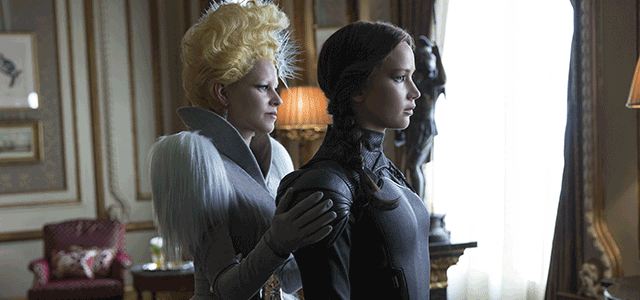
2) Rewriting the rulebook
The last act of the Hunger Games series was split into two parts: Mockingjay – Part 1 and Mockingjay – Part 2. This was a canny strategy that built levels of hype to near hysterical levels, with the talkier, lower key first instalment finally giving way to this year's action-packed payoff.
Although these movies weren't the first to deploy such a strategy (Twilight and Harry Potter both got there first), it certainly helped to popularise the notion of drip feed at the box office. After all, if you can wait a year between Hunger Games movies, then you know you're a real fan.
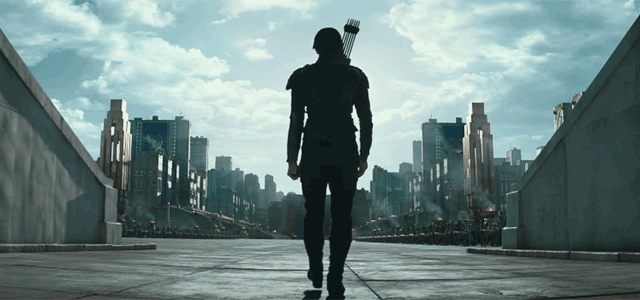
3) Changing the game
Thought that mopey werewolves and vampires were all that the oft-derided 'young adult' genre had to offer? The Hunger Games swiftly dispelled such thoughts with its blend of political potency, action and character drama.
Anchored by Jennifer Lawrence's palpably raw performance as Katniss, these films transcend their label by dealing with themes of real import regarding war, propaganda, the wealth divide and the barbaric consequences of state-sponsored violence. From the gladiatorial death match of the first two movies to the rallying war cry of the last two, these are unashamedly dark and compelling films that tell us a lot about the world in which we live.
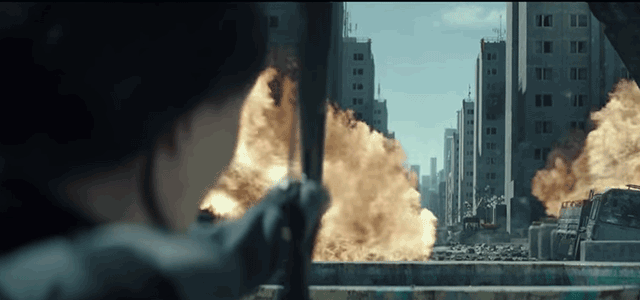
4) Taking a bow
It was never expected that Mockingjay – Part 2 would act as the final movie in the esteemed Philip Seymour Hoffman's career. But that's exactly how events turned out when the actor tragically died of a drug overdose midway through production.
Devastating as Hoffman's loss is, Mockingjay – Part 2 is a fitting tribute to his memory. In his role as savvy media strategist Plutarch Heavensbee, Hoffman's presence is brief but palpable, conveying more with a sly glance that most other actors could convey with sheer histrionics. RIP Philip.
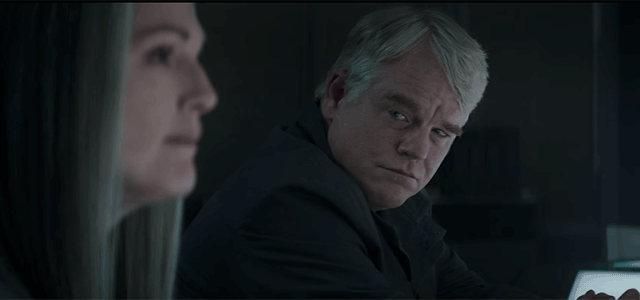
Now we want to hear your thoughts. Tweet your Mockingjay – Part 2 responses @Cineworld and tell us what you thought.
Not yet seen it? Then click here to book your tickets for The Hunger Games: Mockingjay – Part 2.
